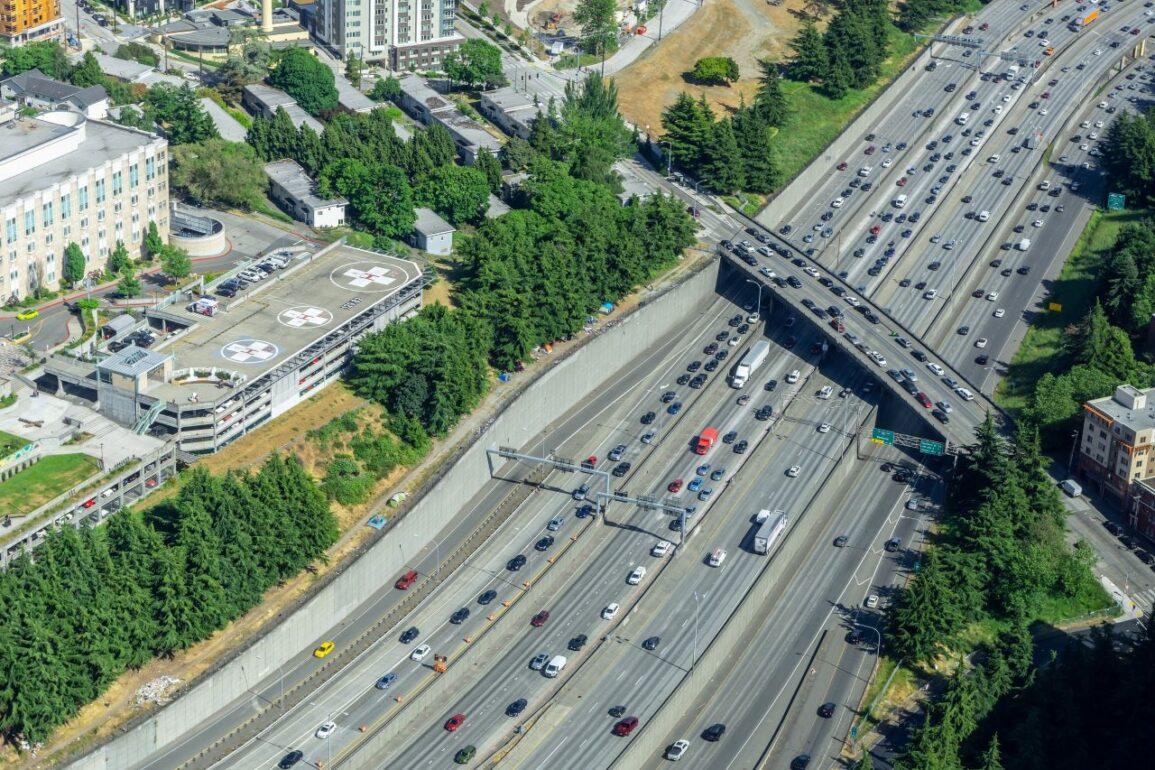Have your drive times seemed longer lately? You’re not imagining it—despite the rise in remote and flexible work options, a recent report from WSDOT has confirmed that traffic congestion has almost returned to pre-pandemic levels.
Last month, WSDOT monitored traffic at 32 locations across the state and found that congestion levels were down just 4% from a comparable period in November 2019. The study found that traffic volume was up everywhere, but rural areas saw more traffic than urban neighborhoods.
This rise in congestion may confuse some, since the pandemic saw a shift in the workforce toward remote and work-from-home options—effectively eliminating commutes altogether. The problem is that for those employees who either choose to work from an office or are required to be onsite, carpools, transit and ridesharing options have decreased.
Many commuters still prefer the relative safety of their own vehicles when it comes to COVID-19 precautions. It’s simply safer and easier to drive themselves to work on their own, with less risk of transmission from others.
For those still willing to carpool, on the other hand, coordinating shared commutes has become much more difficult with flexible work schedules. With some employees working only a few days of the week in the office, often on opposite schedules from their coworkers, it’s harder to find a carpool schedule that’s convenient for everyone.
Additionally, the ten largest transit agencies in Washington reported that they carried 40–50% fewer passengers as of the late summer than they did pre-pandemic. Amtrak Cascades has only just started slowly adding more train routes back into service.
In urban areas the congestion is also not spread evenly, with many central business district employers not requiring workers to return in person as of yet. Instead, many employees working from home leave in the afternoon to run errands, and wind up mixing with the regular commuters on the highway to create more congestion.
Despite the frustration of traffic congestion, the increased volume of vehicles on the road is a sign that things are slowly returning to normal, including the daily annoyances we used to take for granted.
This article was originally posted on OPB by Tom Banse.



